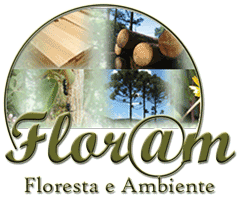ABSTRACT
We evaluated two areas of sustainable management within the Caatinga and one area of conventional agricultural cultivation to compare their physicochemical attributes with those of native forest. The management strategies were as follows: (1) thinning of savanna; (2) thinning of strips; (3) conventional tillage with plowing and harrowing; and (4) native forest. The main indicators of physicochemical quality of the environments were bulk density, porosity, clay amount, phosphorus content, cation exchange capacity, and organic matter. The use of soil for agricultural purposes resulted in a reduction of soil organic matter, regardless of the tillage system. Even though the management strategy, which involved thinning of savanna, further increased the soil phosphorus content and compaction, it did not reach critical values that limit crop development.
Keywords:
bulk density; phosphorus content; semi-arid

 Thumbnail
Thumbnail
 Thumbnail
Thumbnail

